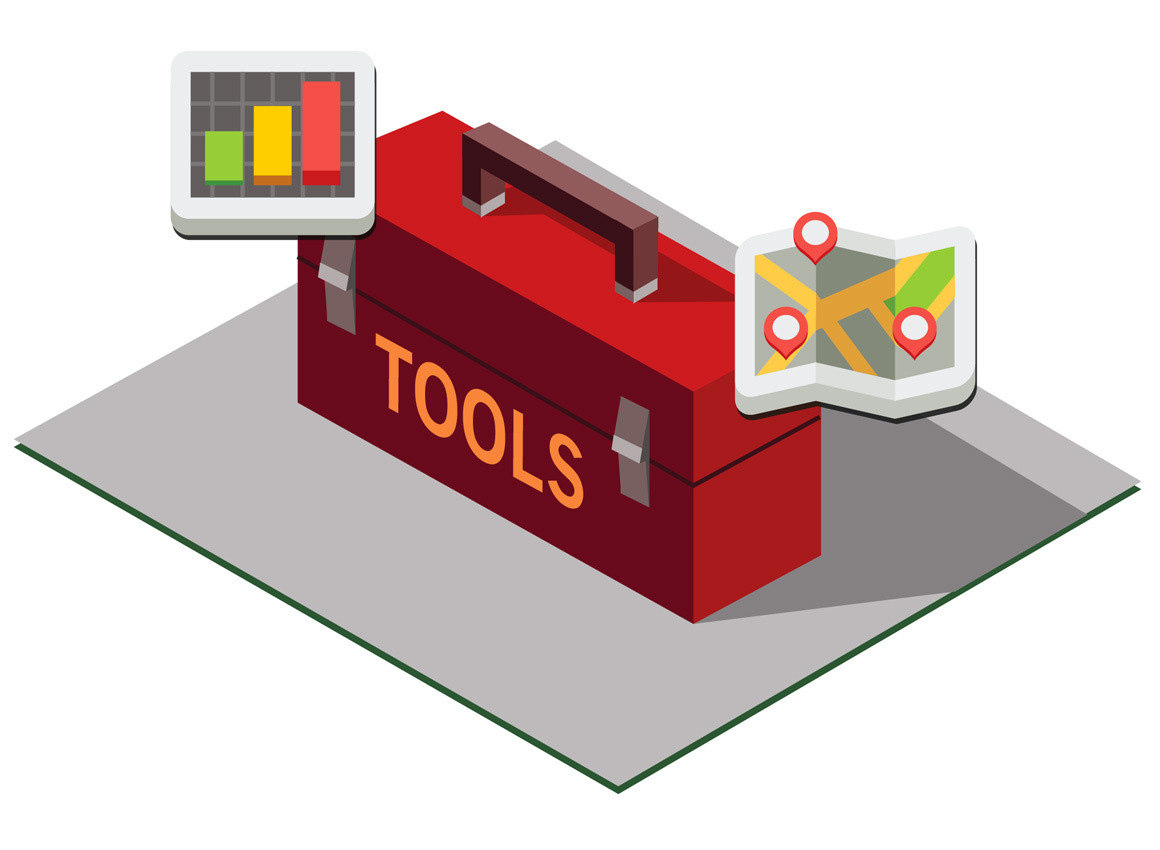AURA’s redevelopment efforts are targeted for areas experiencing economic difficulties. The recommendation that AURA evaluate such areas for possible urban renewal benefits often comes from a variety of sources, including the Mayor and City Council, the City’s Community Development Department, private developers and/or citizens.

These are often burdened with contamination by prior uses or years of neglect and aren’t realizing their full potential. AURA can assist the private sector in successfully revitalizing these areas.

In-depth studies and information gathering inform an inclusive process with the city government, private developers and citizens. Bringing together the right resources is critical to success.

1. The ability to assemble land into a contiguous piece of property for redevelopment. 2. Tax Increment Financing (TIF), to help fund such projects as infrastructure or environmental clean up.

Our neighborhoods benefit from the creation of revitalized, productive properties that create revenue and positive impact for a vibrant community.
The redevelopment of urban areas can be very expensive and hard to accomplish, often requiring the involvement of local governments if the depressed areas within a community are to be redeveloped.
It can be difficult to assemble these older developed sites; the land is often subdivided into small ownership parcels without the necessary infrastructure, access or improvements. Likewise, these sites are often burdened with contamination from years of neglect or by prior uses. It is far easier and less expensive for a developer to build on undeveloped land at the fringe of a city, and contribute to urban sprawl, than to tackle the issues surrounding urban infill sites.
Because of these development hardships, local governments must get involved to assist the private sector in revitalizing these run down areas of the community. Therefore, in 1981 the people of Arvada voted for, and the City Council approved, the creation of the Arvada Urban Renewal Authority.
The State of Colorado provides urban renewal authorities with two unique and significant tools.
The first is the ability to assemble land and to offer to the development community a contiguous piece of property for redevelopment. Most inner city redevelopment projects need selective property acquisition to happen. Without the ability to assemble land in inner city areas, revitalization of deteriorated urban areas would not happen, nor would any transit related developments be built around new transit stations. The cost of redevelopment far exceeds the ability of the developer to make the deal work; as a result, their project is developed elsewhere.
Second, urban renewal allows Tax Increment Financing (TIF), which is a vehicle where sales and property taxes may be leveraged, to help finance such projects as infrastructure, environmental clean up, or provide the public improvements necessary for the development to occur.
When a redevelopment district is being planned, the authority analyzes how much additional property and/or sales taxes should be generated once it is developed. That “tax increment” then can be used by the authority either to finance the issuance of bonds or to reimburse developers for a portion of their project financing. In either case, the new tax revenue that is created must be used for improvements that have a public benefit and that support the redevelopment effort, such as site clearance, streets, utilities, parks, the removal of hazardous materials or conditions, or site acquisition.
All the revenue generated by the redevelopment within an urban renewal district reverts to the normal taxing entities when the urban renewal district sunsets at the close of 25 years. Thus, the neighborhood benefits from the creation of revitalized, productive properties and the taxing entities, as well as the entire community, enjoy new, permanent sources of revenue that wouldn’t have existed if the authority had not implemented the approved pan and enabled the redevelopment to happen.
Without the use of these tools, the city will continue to sprawl further and further into the prairie, and the inner urban areas will deteriorate because of the inability to make redevelopment happen.
AURA’s redevelopment efforts are targeted for areas experiencing economic difficulties. The recommendation that AURA evaluate such areas for possible urban renewal benefits often comes from a variety of sources, including the Mayor and City Council, the City’s Community Development Department, private developers and/or citizens.
When an area is proposed for redevelopment, AURA coordinates with the Community Development Department to gather information through a public input process and conducts a study to determine if the area exhibits conditions of blight, based on a set of criteria spelled out in state law. That study, and a detailed urban renewal plan that provides a framework for undertaking redevelopment of the blighted area, are presented to the Planning Commission and City Council, which makes the final decision on whether to proceed or not. Public input is sought continually throughout the process.
AURA itself does not actually conduct the redevelopment activities. Instead, the authority works to find the right private developer for a specific project, either by issuing a formal request for proposals or by providing assistance to an existing owner or developer who wants to redevelop a site. AURA brings all the necessary parties to the table to ensure that each project gets done in a way that meets the objectives of the urban renewal plan and wins neighborhood and community support.